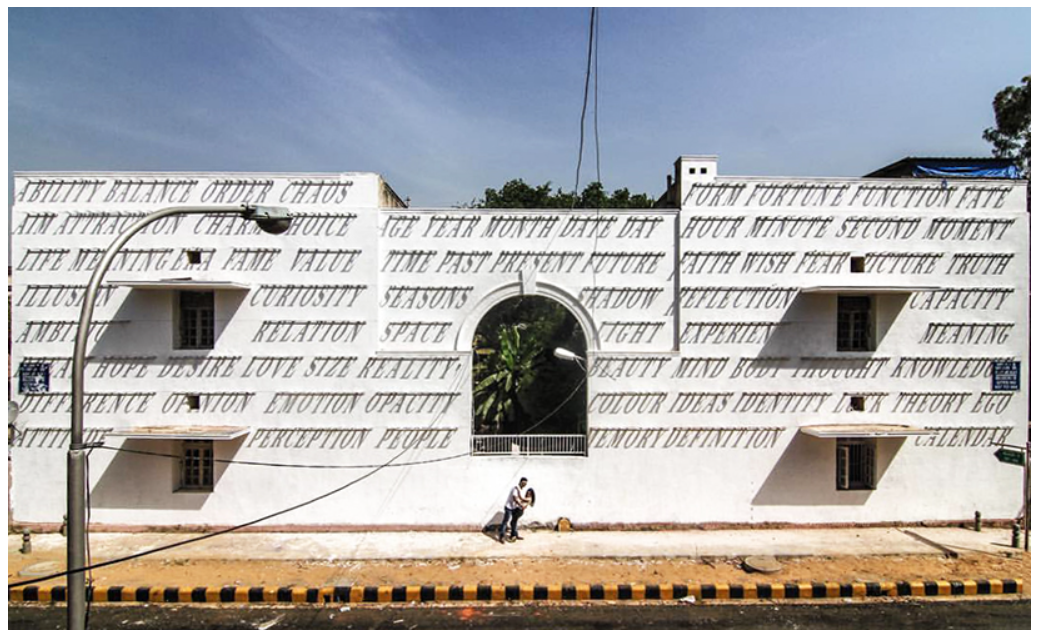
https://www.designboom.com/art/time-changes-everything-daku-start-india-graffiti-06-23-2016/
Street Art: Urban Expressions of Contemporary India
Delving into the vibrant world of street art in contemporary India, exploring how urban spaces become canvases for diverse artistic expressions, social commentary, and cultural narratives.
In recent years, street art has blossomed across India, drawing inspiration from the country's rich tapestry of culture, history, and contemporary issues. What was once considered vandalism is now recognized as a legitimate form of artistic expression, thanks to the efforts of pioneering artists and community initiatives. From the bustling streets of Mumbai and Delhi to the quiet lanes of Kochi and Jaipur, vibrant murals and graffiti art adorn walls, bridges, and alleyways, injecting color and vitality into urban landscapes.
Street artists, often self-taught and driven by passion, are reclaiming public spaces as their canvas, using art as a tool for social commentary, activism, and cultural preservation. This grassroots movement has not only transformed the visual aesthetics of Indian cities but also fostered a sense of pride and ownership among local communities, who actively participate in the creation and appreciation of street art.
One of the pioneers of street art in India is the Delhi-based artist Daku, known for his innovative use of typography and light in urban installations. His iconic work ‘Time Changes Everything’ utilises sunlight and shadows to create dynamic text-based murals that evolve throughout the day. Daku's art challenges viewers to contemplate the passage of time and the transient nature of urban spaces, prompting reflections on change and impermanence.
Nationally and internationally renowned, St+art India Foundation has been instrumental in bringing street art to the forefront of the Indian contemporary art scene. Through their annual festivals and community-driven initiatives, St+art has transformed neighbourhoods across the country into open-air galleries, showcasing the talent of local and international artists. One of their notable projects is the Lodhi Art District in Delhi, where abandoned buildings and walls have been transformed into vibrant murals depicting diverse themes ranging from environmental conservation to cultural heritage.
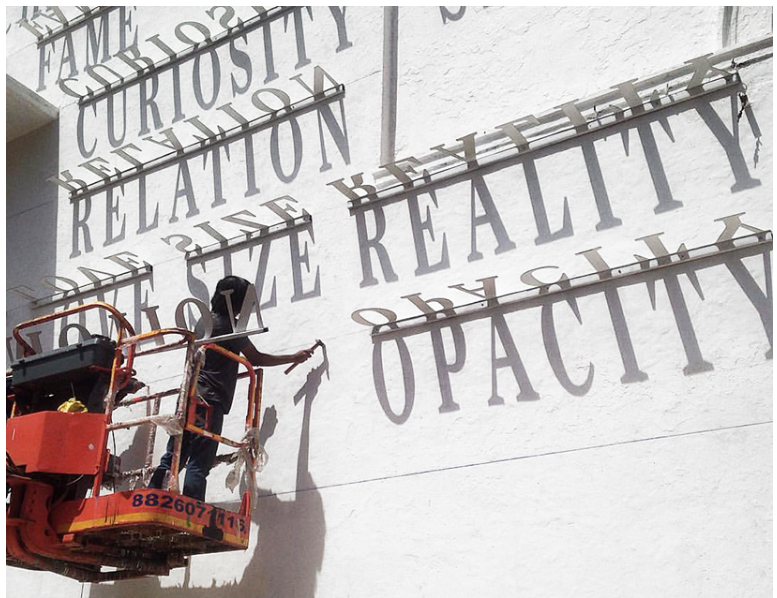
https://www.designboom.com/art/time-changes-everything-daku-start-india-graffiti-06-23-2016/
Nationally and internationally renowned, St+art India Foundation has been instrumental in bringing street art to the forefront of the Indian contemporary art scene. Through their annual festivals and community-driven initiatives, St+art has transformed neighbourhoods across the country into open-air galleries, showcasing the talent of local and international artists. One of their notable projects is the Lodhi Art District in Delhi, where abandoned buildings and walls have been transformed into vibrant murals depicting diverse themes ranging from environmental conservation to cultural heritage.
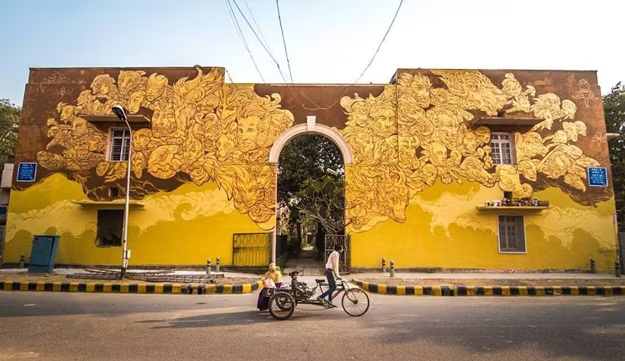
https://www.india.com/travel/articles/15-photos-of-how-start-india-turned-delhis-lodhi-colony-into-indias-first-public-art-district-3235694/
In Mumbai, the Bollywood Art Project (BAP) pays homage to the iconic stars of Indian cinema through colourful murals adorning the city's streets. Artists like Ranjit Dahiya capture the nostalgia and glamour of Bollywood's golden era, immortalising legendary actors like Amitabh Bachchan and Madhubala in larger-than-life portraits. BAP's murals not only celebrate India's rich cinematic heritage but also serve as landmarks in the bustling cityscape.
Beyond major cities, street art has also flourished in smaller towns and rural areas, providing a platform for local artists to showcase their talent and address community issues. In the northeastern state of Meghalaya, the Doodle Wall Project brings together artists and residents to transform public spaces with vibrant murals celebrating indigenous culture and traditions. These grassroots initiatives empower communities to reclaim and revitalise their surroundings through art.
Indian street art names like Daku, St+art India Foundation, and Bollywood Art Project have garnered recognition for their innovative approaches and contributions to the global street art movement. Their work not only showcases India's cultural vibrancy but also catalyses social change and urban renewal.
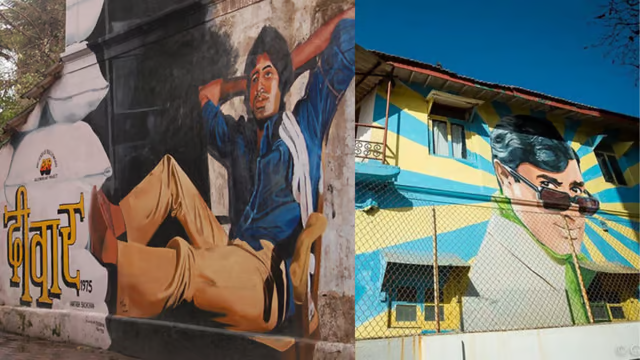
https://homegrown.co.in/homegrown-creators/bollywood-art-projects-murals-are-turning-mumbai-into-a-visual-tribute-to-indian-cinema
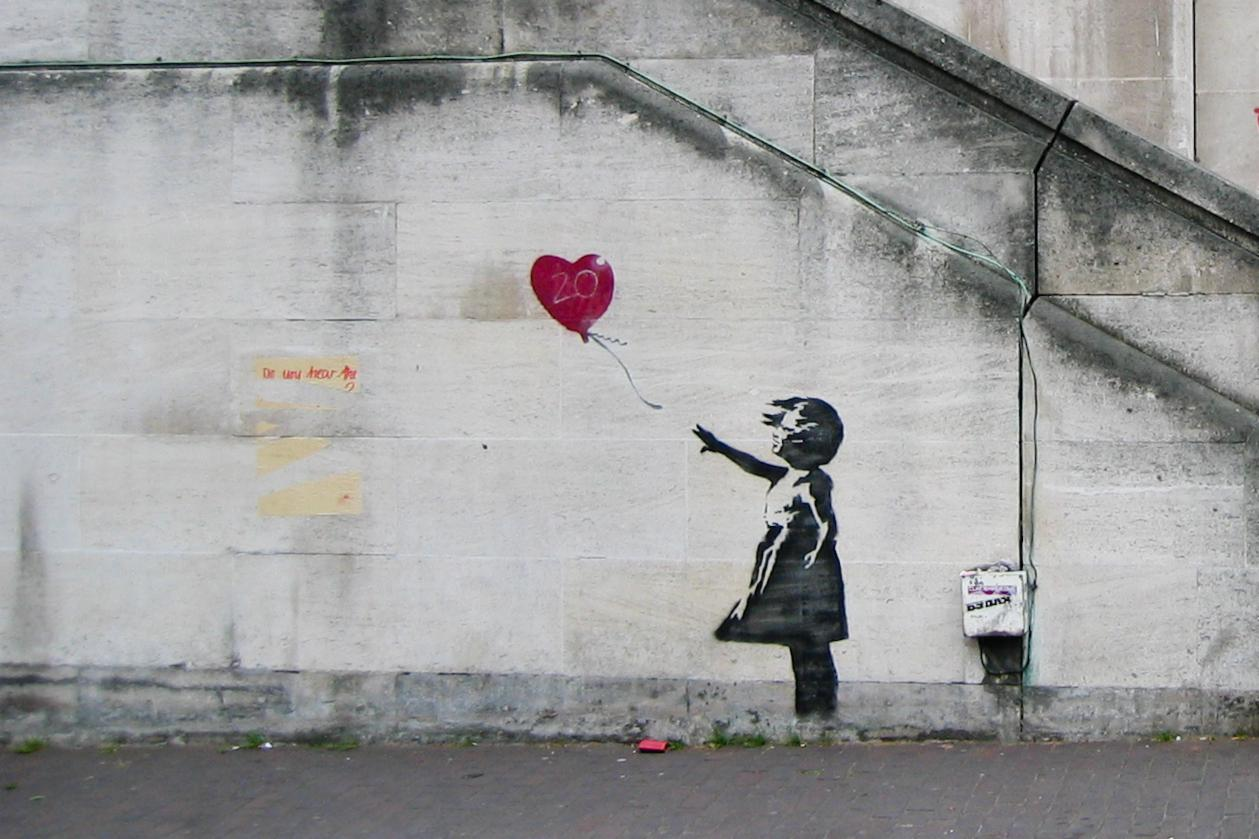
https://www.streetartbio.com/artists/banksy/
Despite his secretive nature, Banksy's influence is undeniable, with his works appearing on walls and buildings worldwide and sparking conversations about the role of art in society. Additionally, artists like Shepard Fairey, Invader, Swoon, and Os Gemeos have gained recognition for their distinctive styles and contributions to the street art movement.
Renowned street art projects globally, from Southeast Asia to Russia and Europe, foster cultural exchange and creativity. In Bangkok and Vietnam, ‘Mural Festival Thailand’ and ‘Hue Festival’ showcase vibrant murals. In Russia, events like ‘Stenograffia’ in Moscow and ‘Artmossphere’ in St. Petersburg highlight the country's growing street art scene. Meanwhile, initiatives like London's ‘Not Banksy Forum’ and Paris's ‘Le M.U.R.’ project encourage dialogue and experimentation. Iconic events like Germany's ‘Meeting of Styles’ festival unite artists worldwide, showcasing the transformative power of street art across continents.
Conclusively, street art serves as a democratising force, accessible to all regardless of socioeconomic status or educational background. By transforming ordinary public spaces into dynamic cultural hubs, it provides a platform for marginalised voices and fosters a sense of belonging and empowerment among diverse communities. Continued support for street art initiatives and the recognition of its value in public discourse can further amplify its impact, fostering greater social cohesion, empathy, and understanding in the ever-evolving landscape of contemporary India.






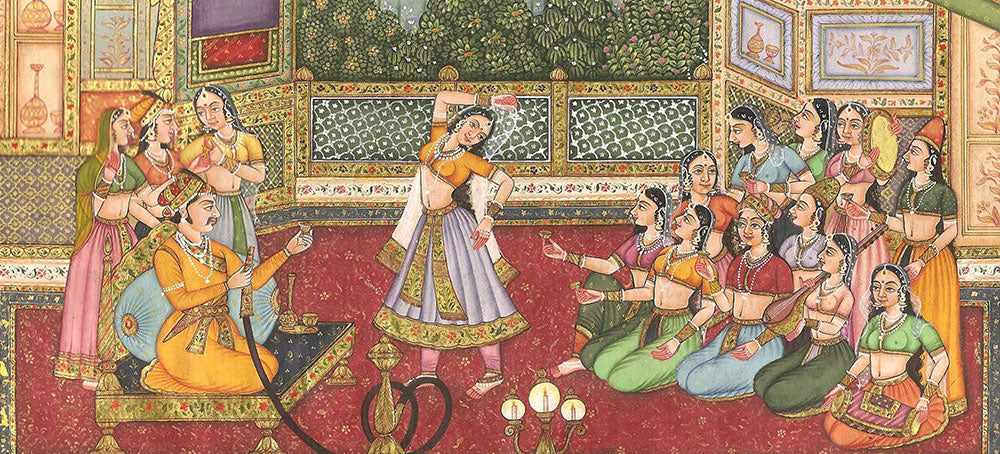
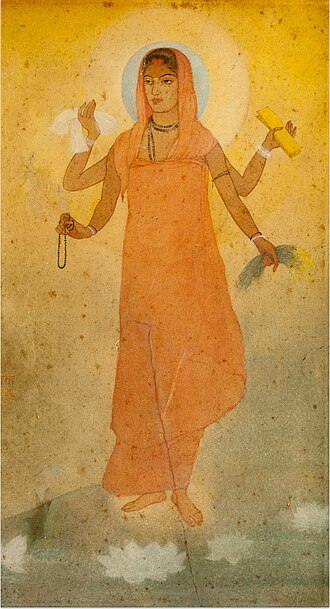


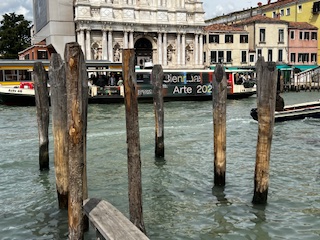




Leave a Comment